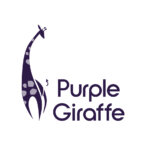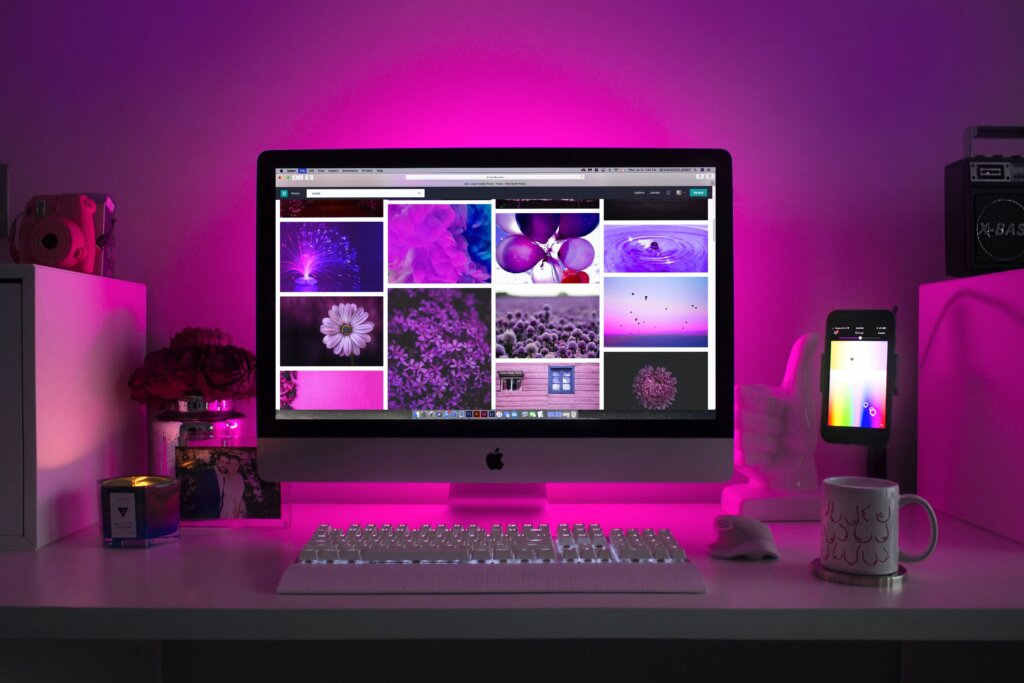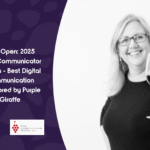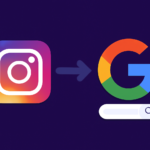In 2021, graphic designing for website SEO is vital when considering a user experience and strategy.
Today more than ever before, technology has entered our everyday lives. These advances in technology and the way we relate to these tools have impacted every discipline of marketing and communications, including graphic design.
You might be asking yourself, where does graphic design sit within this time of rapid technological growth? The answer… graphic designers must now consider designing for a complete user experience. They play an important role in the delivery success of technological platforms both in the way they look and are navigated by the user.
Not that long ago, the sole job of the graphic designer was to ensure a website was visually pleasing. It was then the role of the ‘marketing guy or girl’ (or SEO expert) to implement SEO strategy into the website. Today things have changed, and it is commonly found that businesses are demanding that graphic designers know the basics of SEO and implement them into their website designs.
There are a number of considerations when website designing with SEO in mind and in this blog we detail the top SEO techniques for the graphic designing of a website.
Visitors are the first priority – design for humans
Designing to please the visitors you’re trying to attract to your website is the top priority. Potential consumers appreciate appropriate colour combinations, clear compositions, and engaging visual content that acts to break up the long line lengths of text and improve readability.
A website home page is important as it is most often the first-page viewers’ experience. When designing a landing page it’s critical to clearly communicate the key content with a balance of colours, copy and visuals to grab their attention. A website that contains clear delivery of content and visuals will ultimately provide a favourable experience, encouraging visitors to stay on the site, increasing sales, credibility and trustworthiness.
Design for mobile
Modern consumers spend more time with their mobile phones in hand than not, resulting in mobile internet searches surpassing desktop searchers since 2016. Statistics show that 70% of internet access comes from mobile phones, with 51% of consumers preferring to search for new products via mobile devices (BrightEdge 2017). Therefore, designing a mobile-friendly platform is no longer a choice, but a necessity.
By considering mobile use in the design process, businesses are able to market to a broader range of people and target specific demographics. Studies in this area outline that companies with an intense focus on graphic design outperform those who do not by 200% indicating that eye-appealing graphics and a considered user experience creates a desirable impact.
Considering the importance of these statistics, how do you build graphic designs that are multiple platform and device friendly? A smaller screen can leave less room to make an impression, however, clever graphic designers have developed proven tactics to make an impact at any size.
Current trends include designing with geometric shapes, abstract patterns, using emotion-filled colours, contrast, real photographs and hand-drawn organic illustrations.
Content and Readable Structure
SEO aims to direct consumers to a specific page based on an active search, however, once they get there they want to quickly find what they are looking for. Therefore, the position and clarity of the information placed on a website is crucial to viewers deciding to stay on the page.
Various studies have been undertaken in regard to how a user’s eye-tracking pattern works and what is most efficient when skim reading. It was found that there are three common methods in which users scan over a webpage, these include the Z pattern, Zig-Zag pattern and the F pattern. These patterns allow graphic designers to create website interfaces based on research that is proven to be efficient in the delivery of content, whilst maintaining the visual hierarchy.
Visual hierarchy is the arrangement of content in the most human-perception form, for example, primary headlines are displayed first, followed by sub-headings and then body text. This allows users to scan the information and decide whether it will be useful to them or not. Keep in mind that it is also important to keep your content relevant to your business and appropriate for the demographic you’re targeting. You also need to consider the voice of your content and ensure that it speaks to your audience in the most appropriate manner.
Insert Visuals
Relevant high-quality visuals will boost visitor engagement while encouraging a higher search ranking. Keeping in mind that approximately 65% of the Earth’s population is made up of visual learners, it is clear that pictures hold more power than text.
Here are some things to keep in mind when adding visuals to the design of your website;
– Give your visuals a caption or proper name, search engines will recognise their relevance.
– Infographics are more efficient than long blocks of text
– Animated GIFs instantly catch the eye
– Ensure all visuals have relevance to the content and tell their own stories
– Pair visuals with relevant text
– Add a call to action at the end of some of the visuals
– The image should be high quality and license-free or you have the right to use it
Use a favicon (favourites Icon)
A Favicon is a small icon associated with the brand or website that sits in the address bar of a browser or next to the site name. It is so small that it can be often forgotten, however, it holds the utmost importance being a small but extremely effective branding tool. Favicons help to make your website look professional, differentiate your brand from competitors and build brand awareness.
Overall, anyone can design, although it takes a specific set of skills, knowledge, creativity and strategy to be a visualiser. Graphic designers who aim to ensure their website designs have the perfect combination of creativity and SEO strategy will secure good search engine rankings and build valuable assets for the business. With this in mind, graphic design for the web is an important job that needs consideration, attention to detail and an understanding of the target demographic.
BIBLIOGRAPHY
Blurbpoint. n.d. 6 SEO Rules Exclusively for Graphic Designers to Keep in Mind. [online] Available at: <https://www.blurbpoint.com/6-seo-rules-exclusively-for-graphic-designers-to-keep-in-mind/> [Accessed 8 September 2021].
Lincoln, S., 2019. Graphic Designing 101: Keep SEO in Mind While Designing. [Blog] Pixel Productions Inc, Available at: <https://www.pixelproductionsinc.com/graphic-designing-101-keep-seo-in-mind-while-designing/> [Accessed 8 September 2021].







